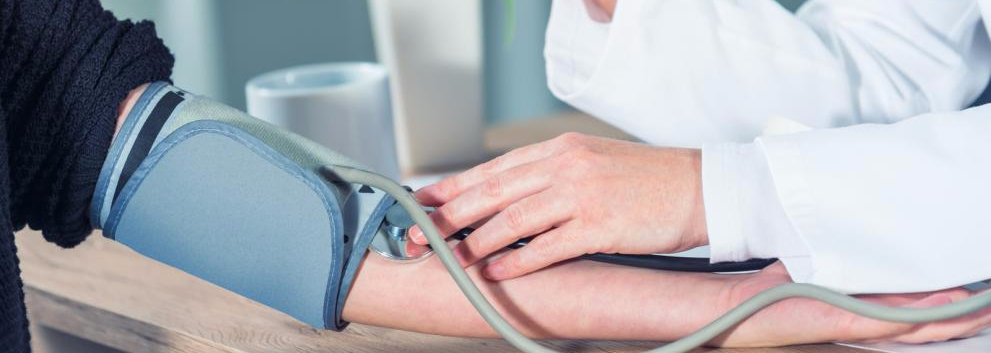
What is Hypotention ?
Doctors measure blood pressure using two numbers – the first and higher of the two is called the systolic blood pressure, and it occurs when the heart beats and fills the arteries of the body with blood. The lower number is called the diastolic blood pressure, and it’s the pressure in the heart when it rests between heartbeats. A normal blood pressure is said to be in the region of 120/80mmHg (systolic/diastolic) and doctors spend a lot of time dealing with people with high blood pressure. Use a blood pressure chart to see what your blood pressure means.
Low blood pressure (hypotension) on the other hand often requires no treatment but elderly people in particular can find it a problem, especially when standing up from sitting or lying down. In general terms, the medical advice is that the lower the blood pressure the better, and for most people their blood pressure rarely falls below 90/60.
Recognition
However, low blood pressure can sometimes mean there’s not enough blood flowing to your brain and other vital organs, which can lead to symptoms such as:
- dizziness or lightheadedness
- unsteadiness
- fainting
- blurred vision
- heartbeats that suddenly become more noticeable (palpitations)
- confusion
- feeling sick (nausea)
- general weakness
What to do if you have symptoms
If you think you may be experiencing an episode of low blood pressure, you should:
- stop what you’re doing
- sit or lie down
- drink some water
The symptoms will usually pass after a few seconds or minutes.
When to see your GP
You should see your GP if you have frequent symptoms of low blood pressure. Your GP can measure your blood pressure and help identify any underlying causes of the problem. Read more about diagnosing low blood pressure.
Low blood pressure after suddenly standing up
If you experience symptoms of low pressure after changing positions, such as standing up, it’s known as postural, or orthostatic, hypotension. Symptoms shouldn’t last longer than a few seconds, as your blood pressure will adjust to your new position. This type of low blood pressure tends to affect people more as they get older, when it can lead to more frequent falls. Similar symptoms may also occur after exercise.
Low blood pressure after eating
If you experience symptoms after eating, it’s known as postprandial hypotension. It occurs more often in older people, particularly in those who have high blood pressure or conditions such as Parkinson’s disease and diabetes mellitus. After a meal, your intestines need a large amount of blood for digestion. If your heart rate doesn’t increase enough to maintain blood pressure, your blood pressure will fall, causing symptoms.
Low blood pressure after standing for long periods
Some people experience symptoms after standing up for long periods of time. This is sometimes known as neutrally mediated hypotension, and most often affects children and young adults.
Read more about the causes of low blood pressure and High blood pressure in the elderly
